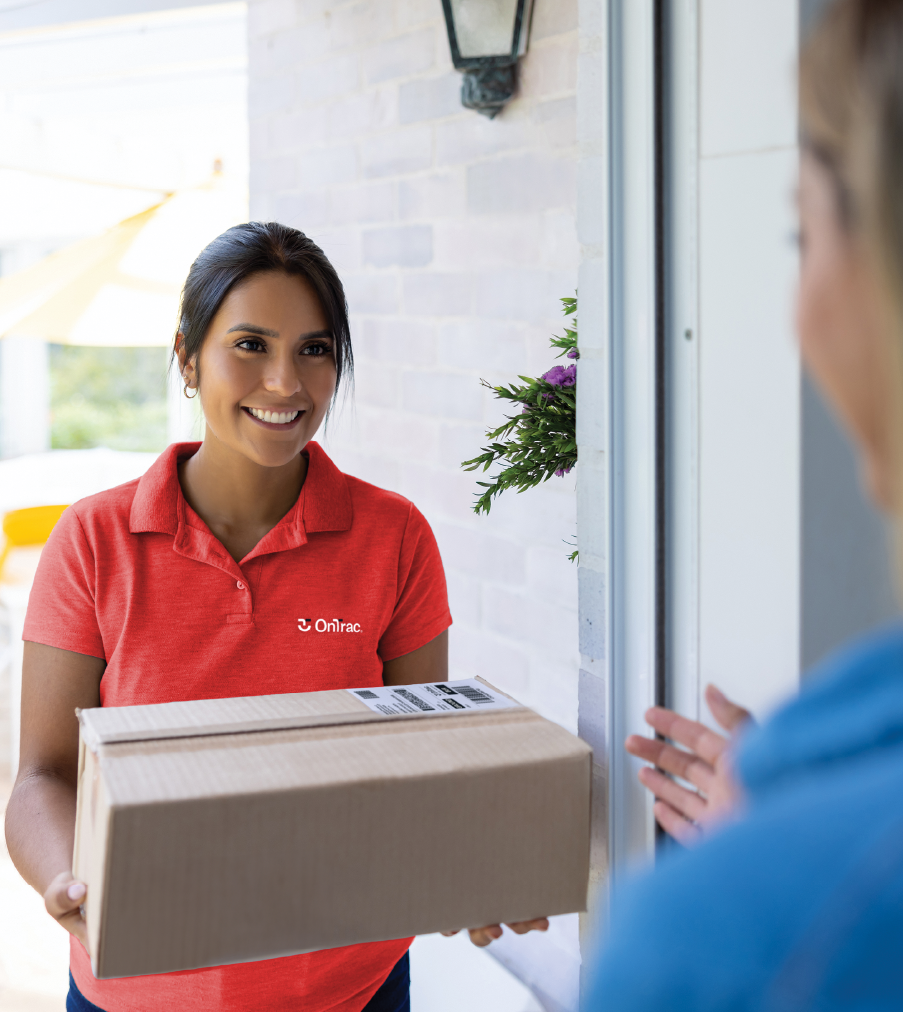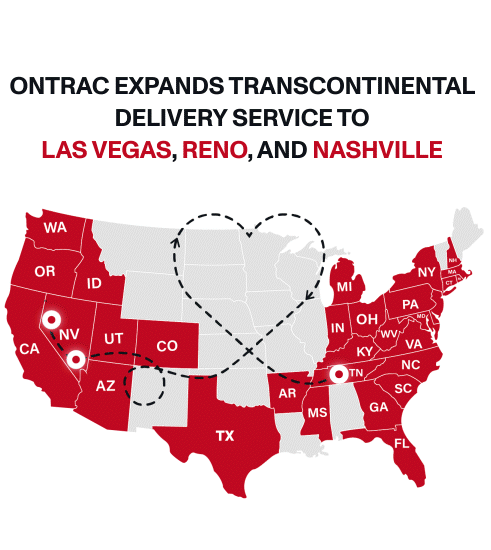By Josh Dinneen, Chief Commercial Officer of OnTrac. Originally published in Forbes.
The Covid-19 pandemic ushered in an unprecedented era of brand disloyalty. As consumers shifted from in-store to online shopping, factors like speed and convenience became a top priority, leading shoppers to seek out retailers that could provide faster, more reliable home delivery.
Even as we transition into the post-pandemic era, many of the consumer behavior impacts are proving to be long-lasting—and that includes the lack of brand loyalty among shoppers. Consumers are now constantly browsing, researching and comparing brands before making a purchase, and they have shown that they have no problem switching to retailers that better meet their expectations.
How can retailers reestablish customer loyalty in today’s competitive and brand-agnostic climate? Based on my experience, here are three recommendations.
1. Leverage free shipping to win customers.
Free shipping is no longer seen as a perk but as an expectation. Consumers of all ages and online spending habits consistently rank free shipping and returns as two of the most important factors when choosing where to shop. Expensive shipping is among the top reasons why consumers abandon their carts and select a different retailer or stop shopping with a retailer altogether. Consider adjusting your budget to make free shipping a viable part of your e-commerce business’s online ordering and delivery experience; this can help you create an easy, seamless experience that you can leverage to win new customers.
2. Capture greater share of wallet with faster delivery.
Consumers today want what they want, when they want it. Almost all shoppers view faster delivery as an important factor when making a purchase online. The delivery speed that consumers expect has increased exponentially, with a study by my company finding that 86% of shoppers define fast delivery as two days or less and that 63% expect to receive their orders within this time frame. This turnaround time remains the expectation regardless of whether retailers offer certain benefits, with nearly 2 out of 5 consumers who place an order with free shipping claiming they will only accept deliveries that arrive in two days or sooner, or else they will switch retailers.
The resounding success and growth of Amazon Prime is a peak example of how faster delivery can be used as a customer retention tool to drive repeat purchases. A number of retailers, including Walmart and Gap, have launched subscription programs or updated their rewards programs based on the Amazon model to include membership benefits like faster delivery and free shipping. Speed will likely continue to grow as a top purchase driver, and investing in faster delivery options can poise your e-commerce business to win and retain more customers while transforming your supply chain strategy into a competitive differentiator.
3. Prioritize home delivery.
The demand for home delivery is at an all-time high and growing, with our study finding that 95% of consumers are planning to increase or maintain their use of home delivery in 2023 and beyond. Given shoppers’ clear preference for home delivery, why are so many consumers still using buy online, pick up in-store (BOPIS) and other forms of click-and-collect?
I believe that slow delivery and expensive shipping costs are a deciding factor in consumers relying on BOPIS, but this is an added level of inconvenience, as they still have to travel to physical store locations to get their items. Prioritizing getting items on your customers’ doorsteps as quickly as possible could help your e-commerce business attract the many consumers who intend to make home delivery their primary means of receipt in the next couple of years.
The demand for free and faster home delivery will likely continue to grow as more consumers shop online and Gen Z gains more spending power. Retailers that fail to bridge the gap and meet these expectations could lose business and fall behind. I recommend acting now to build free and faster home delivery into your supply chain, as this could help you reestablish brand loyalty, differentiate from the competition and increase market share in the coming years.



